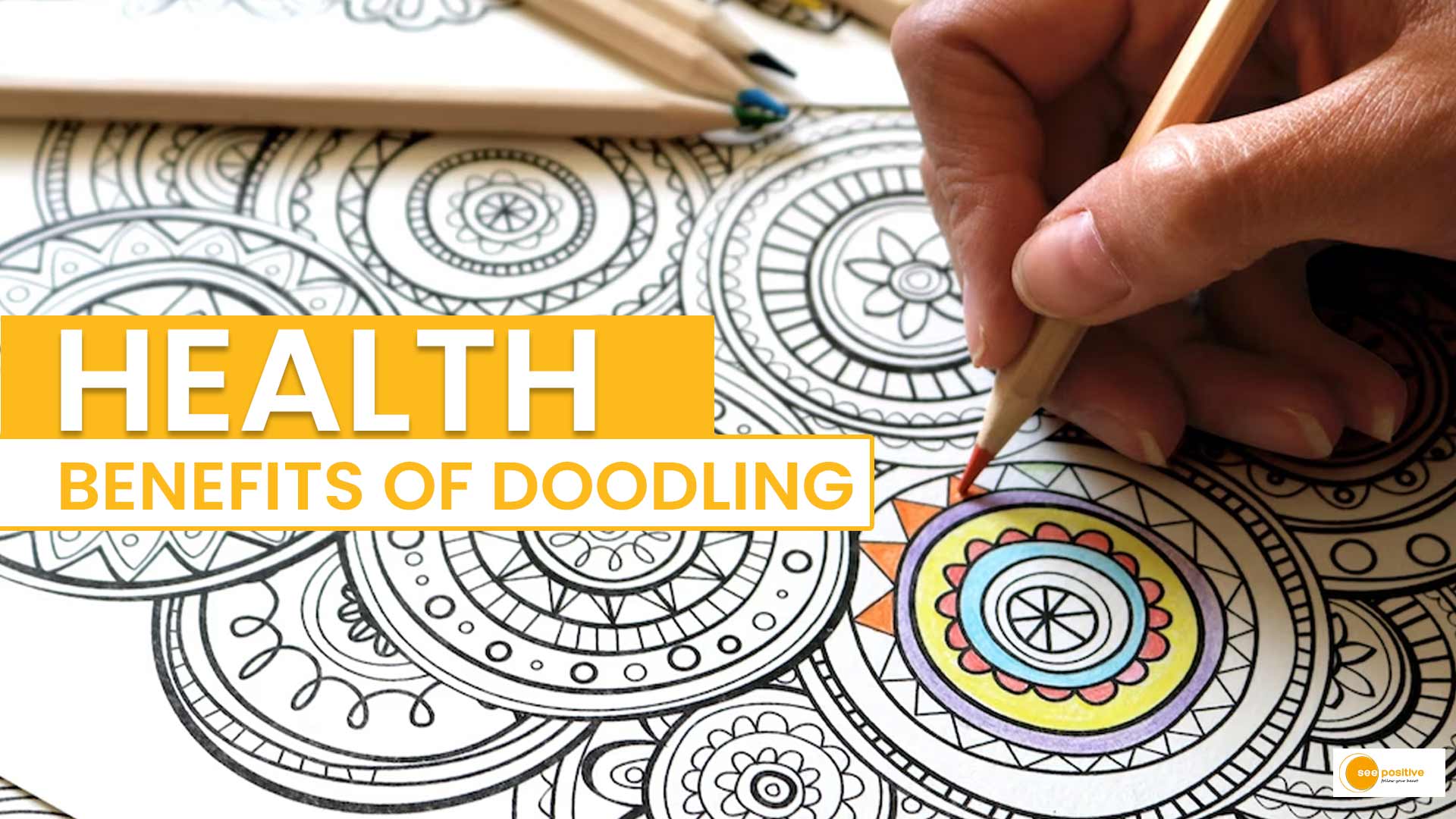Doodle Art: In the era of virtual meetings and increased screen time, finding ways to relax and engage our minds is crucial. Surprisingly, one solution that’s gaining attention is doodling. Often dismissed as a distraction, doodling, as experts suggest, holds significant mental health benefits.
Let’s explore how doodle art can be a simple yet effective tool for relaxation, mood regulation, memory recall, and even problem-solving.
The New Normal and Virtual Fatigue:
With virtual meetings becoming the new normal, our screen time has skyrocketed. Despite the need for connection, spending too much time online can leave us feeling drained. The absence of physical movement and touch adds to the challenges. Recognizing these issues, educators like LeeAnn Williams are turning to a simple yet powerful solution – doodling.
Doodling in Virtual Workshops:
Williams, an education director, found that allowing students to do Doodle Art for just 2 minutes before a virtual session significantly improved their engagement. Contrary to the traditional notion of doodling as a bad habit, it turns out to be a valuable practice, as we’ll discover from experts.
Experts on Doodling:
Three experts – LeeAnn Williams, Tracey Trussell, and Sunni Brown – shed light on the positive aspects of doodling. While Williams introduces the concept of “meditative doodling,” Trussell sees it as a form of “proactive daydreaming.” Brown, a best-selling author, defines doodling as making “spontaneous marks to help yourself think.”
Defining Doodling:
Brown challenges the conventional definition of doodling as absentminded scribbling and emphasizes its role as a learning tool. On the other hand, Williams practices “contemplative, purposeful pen strokes,” and Trussell sees it as a therapeutic, subconscious activity.
Mindful Doodling Techniques:
Williams introduces “meditative doodling,” a practice that involves purposeful strokes to create a reflective, quiet space. She recommends exploring The Zentangle Method for structured pattern drawing. Moreover, various online resources offer mindful doodling exercises, providing a welcome break from unstructured remote work or learning environments.
Doodling as Daydreaming:
Trussell’s perspective on doodling as “proactive daydreaming” highlights its unintentional yet therapeutic nature. Additionally, she notes that true doodles are drawn in one continuous line, revealing shapes imbued with symbolism related to one’s state of mind.
Scientifically Supported Benefits:
Research supports the numerous benefits of doodling, such as stress reduction, mood regulation, improved memory recall, enhanced creativity, and problem-solving. Doodling activates reward pathways in the brain, making it a potential mood regulator and countermeasure against addictive behaviors.
Practical Benefits of Doodling:
Beyond being a fun activity during long meetings, doodling offers practical benefits. It promotes relaxation, regulates mood, aids memory recall, enhances creativity, and provides an authentic mode of self-expression accessible to all.
Conclusion:
In a world dominated by virtual interactions and online activities, the simple act of doodling emerges as a powerful tool for mental well-being. Whether it’s meditative doodling, daydreaming on paper, or exploring structured patterns, incorporating doodling into our routine can be a refreshing break from the digital overload. So, grab a pen and let your mind wander on paper – you might be surprised by the positive impact it has on your mental health.


